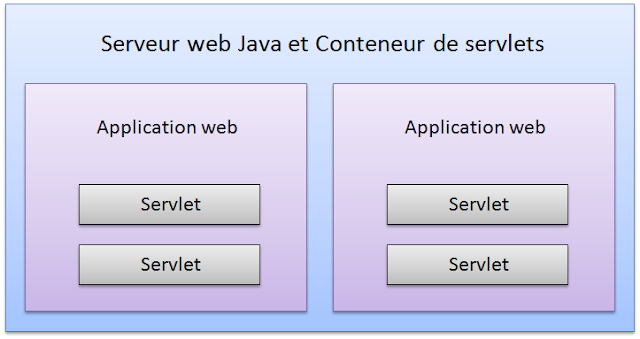Why do we use servlets
Servlets are used to create a web application and to implement Java classes that respond to user requests. They can communicate over any client-server protocol, but they are sometimes used with the HTTP protocol. A web developer can use a servlet to add dynamic content to the web server using the Java platform. The generated content is an HTML code, but can also be another code such as XML. Multiple servlets make up a web application.
What is a Servlet
Java servlets are a part of Java Enterprise Edition (Java EE). This was the first technology for Java and many other web technologies had arrived since then.
Java Servlets is a program that inherits server capabilities and can respond to any type of queries. However, servlets implement applications on web servers. Servlets in Java are equivalent to technologies like PHP and ASP.NET.
To use and run a servlet, you need to run your applications on a web server and a web container (servlet container or web container). The web container is responsible for managing the lifecycles of the servlets. Here's an illustration:
Java Servlets is a program that inherits server capabilities and can respond to any type of queries. However, servlets implement applications on web servers. Servlets in Java are equivalent to technologies like PHP and ASP.NET.
To use and run a servlet, you need to run your applications on a web server and a web container (servlet container or web container). The web container is responsible for managing the lifecycles of the servlets. Here's an illustration:
The servlet API is in the package javax.servlet. This package Defines the interaction between a servlet and the web container. The servlet object receives a query and generates An answer based on this query.
Query and HTTP
The browser sends a query HTTP to the Java web server. The web server checks if this query is for a servlet. If this is the case, the web container will find the servlet related to that request and activate it by calling the Servlet.service().Some Servlet Containers
As described, servlets are typically run at The Interior a Java web server. Web Servers Free Java are:
- Tomcat: is an open source web container from the Apache.
- Jetty: open source from the Eclipse Foundation.
- GlassFish: open source from the Oracle Foundation.


Commentaires (0)
Laisser un commentaire
Connectez-vous pour commenter
Rejoignez la discussion et partagez vos connaissances avec la communauté
Chargement des commentaires...